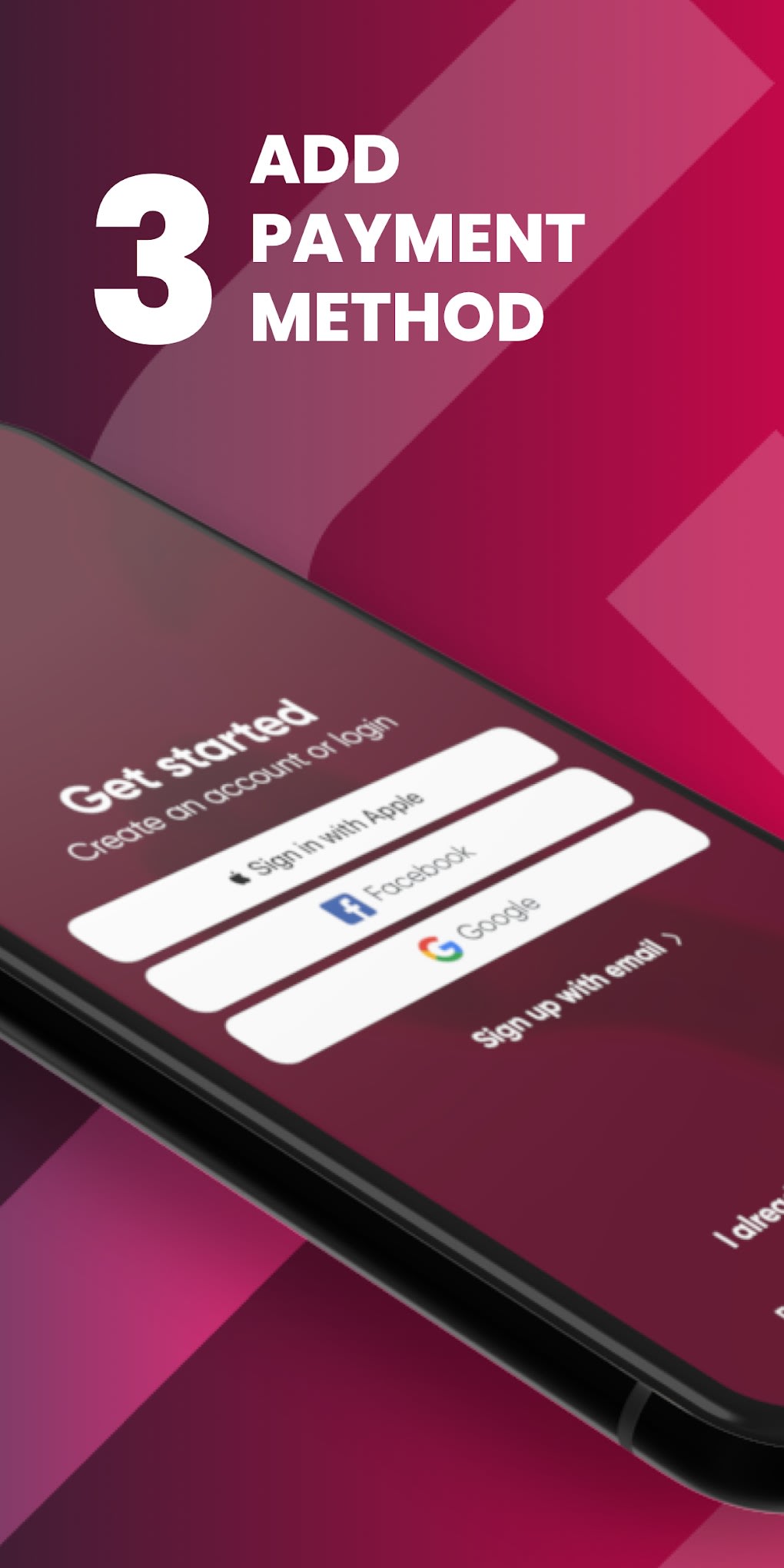Mastering the art of Swype can significantly enhance your typing speed and efficiency, especially in today's fast-paced digital world. Whether you're a student, professional, or just someone who loves staying connected, learning how to use Swype effectively can make a big difference in your daily life. This article will guide you through some valuable tips and tricks to help you get the most out of this innovative technology.
Swype is not just another keyboard; it's a revolutionary way to type on touchscreen devices. By allowing users to glide their fingers across the screen instead of tapping each key individually, Swype has transformed the typing experience for millions around the globe. Understanding its nuances and optimizing its settings can greatly improve your productivity and reduce typing errors. Let’s dive into some practical advice that will take your Swype skills to the next level.
Embrace the Flow: How Swype Revolutionizes Typing
Swype was designed with simplicity and speed in mind. Unlike traditional keyboards where you tap each letter separately, Swype lets you drag your finger from one letter to the next in a continuous motion. This gesture-based approach allows for faster input and minimizes the need for precise taps, making it ideal for those who prioritize efficiency over perfection.
The concept behind Swype is rooted in fluidity. As you swipe across the letters, the algorithm predicts what word you intend to type based on the path traced by your finger. Over time, Swype learns from your usage patterns, improving its accuracy and adapting to your personal style of writing. This adaptive nature ensures that even complex words become easier to input as you continue using the app.
For individuals accustomed to conventional typing methods, transitioning to Swype might feel unusual at first. However, with consistent practice, users often find themselves typing more swiftly and confidently. The key lies in embracing the flow and trusting the predictive capabilities of the software.
Maximizing Accuracy: Fine-Tuning Your Swype Experience
To achieve optimal performance with Swype, customizing certain settings can make a significant impact. Start by adjusting the sensitivity of the swiping gestures. A higher sensitivity setting may suit lighter touches, while lower sensitivity could benefit those who press harder on the screen. Experimenting with these options helps tailor the experience to individual preferences.
Another important feature to explore is dictionary management. Swype comes equipped with an extensive vocabulary database but also allows users to add custom terms or phrases frequently used in their communication. By enriching the internal dictionary, Swype becomes better equipped to recognize specialized jargon or unique names, thus reducing incorrect predictions.
Lastly, consider enabling multi-touch support if available. This function permits simultaneous swipes for adjacent keys, which proves particularly useful when typing longer words or sentences quickly. Combining all these adjustments creates a personalized setup that maximizes both speed and precision during typing sessions.
Common Challenges and Solutions When Using Swype
Despite its advantages, some users encounter issues while utilizing Swype. One common problem involves unresponsive virtual keyboards, which may stem from software glitches or hardware malfunctions. If restarting the device doesn't resolve the issue, clearing cache data associated with the Swype application often restores functionality.
Inconsistencies in prediction accuracy represent another challenge faced by many Swype users. While occasional mispredictions are inevitable, consistently poor results warrant further investigation. Updating the app to the latest version typically addresses underlying bugs affecting performance. Additionally, resetting user dictionaries occasionally refreshes the system and enhances reliability.
For those experiencing compatibility problems after upgrading operating systems like iOS, exploring alternative keyboard solutions compatible with newer platforms remains a viable option. Fortunately, reputable alternatives such as SwiftKey offer similar functionalities without compromising user experience, ensuring seamless transitions regardless of platform changes.
Enhancing Productivity Through Smart Practices
Beyond technical tweaks, adopting smart practices contributes significantly towards boosting typing efficiency with Swype. Begin by practicing regularly to familiarize yourself with common word paths and streamline muscle memory. Consistent engagement fosters greater comfort and confidence when employing Swype techniques.
Utilize built-in shortcuts provided within Swype to expedite specific tasks. For instance, incorporating numeric inputs directly into text flows saves time compared to switching between different keyboard layouts manually. Similarly, leveraging voice-to-text integration complements Swype functionality, offering versatile ways to capture thoughts efficiently.
Finally, remain open to experimenting with various configurations until discovering the perfect balance suited to personal needs. Encouraging curiosity and adaptability empowers users to fully harness Swype's potential, transforming everyday communications into effortless experiences filled with creativity and expression.

